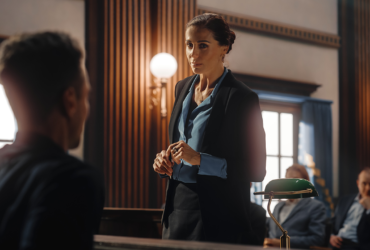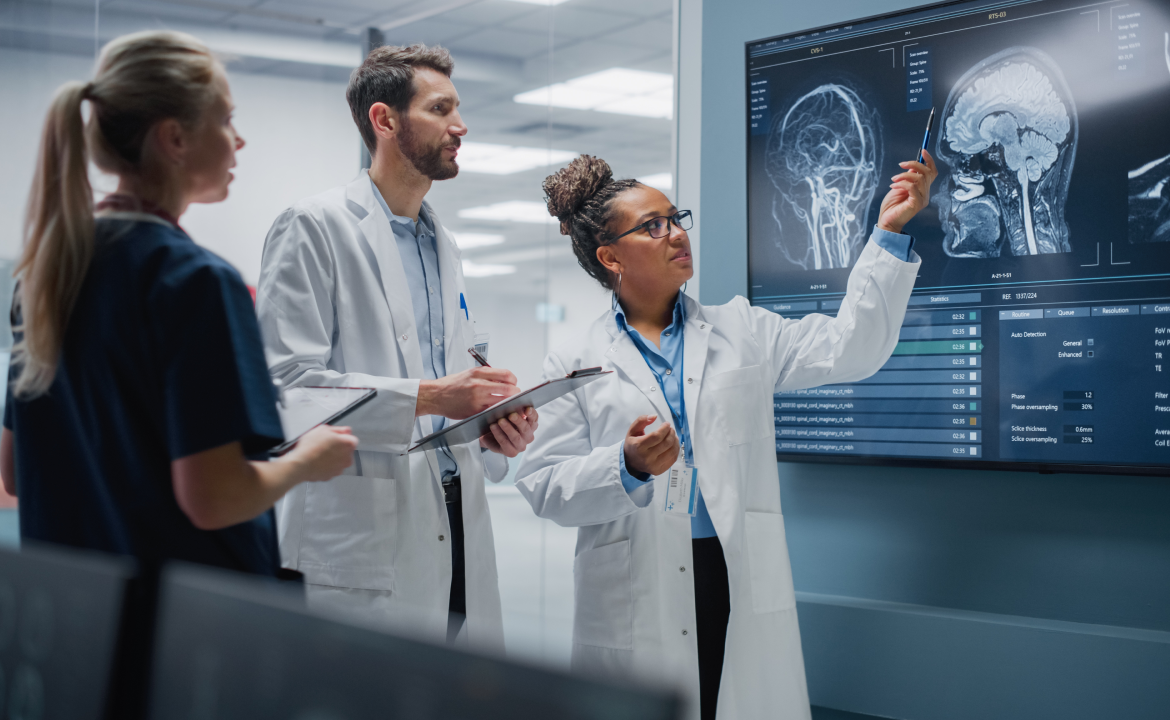The purpose of personal injury law is to compensate an injured person for the harm and damages suffered and caused by another person’s wrongful acts. To understand personal injury law, we need to define some of the common terms used in this specialized area of the law.
The plaintiff is the injured party who has filed a legal action against the responsible party. The defendant is the party who is alleged to be the one responsible for the plaintiff’s personal injuries and related damages.
The term personal injury means an injury to one’s body, mind, or emotions.
Wrongful acts are those harmful acts caused by another’s negligence, gross negligence, reckless conduct, or intentional misconduct.
The term damages refer to the types of personal and financial losses an injured party can sustain and the amount of compensation that can be legally recovered.
The types of damages in personal injury cases fall under the following three general categories: economic damages, general damages, and punitive damages.
Types of Injuries In Accident Cases
Our personal injury law blog section describes the legal requirements necessary to prove a personal injury claim against a defendant.
Some of the most common types of personal injury liability come from car, motorcycle, bus, and truck collisions, slip-trips and falls on private or public property, medical malpractice, food poisoning, dog bites, and exposure to toxic substances like asbestos.
We also examine the types of physical injuries sustained in personal injury cases and the medical experts who treat them.
Plaintiff’s Complaint – Causation and Liability
Whether a personal injury claim is based on intentional conduct, negligence, or strict liability, it is the plaintiff that carries the burden of proving its case by a preponderance of the evidence.
This requires the plaintiff to plead and prove that the defendant was both the factual and legal cause of the plaintiff’s injuries. Without proving causation, it is improbable the plaintiff will be able to prove liability against the defendant.
Personal Injury Litigation Phase
Litigating a personal injury case begins with the timely court filing of the plaintiff’s complaint in a court of proper jurisdiction. The plaintiff’s complaint, along with a summons, is then served on the defendant.
The Complaint must allege, generally or specifically, the basic facts and legal basis for the plaintiff’s claims against the defendant and state the kinds of damages the plaintiff seeks to recover.
The defense must then file and serve a written response to the complaint called an Answer. Sometimes the defense will instead choose to file a demurrer to the complaint.
The purpose of a demurrer is to challenge the legal sufficiency of the plaintiff’s complaint. A demurrer does not challenge the truth or falsity of the allegations contained in the personal injury complaint.
Once the defendant answers the complaint, the parties can then commence the discovery phase of the litigation.
Personal Injury Laws On Discovery
In the discovery stage, both sides get the opportunity to discover what evidence the other side has in the case. The pretrial litigation discovery process includes written questions and answers, document production, physical inspections, and depositions.
The main aim of the discovery process is to reduce the possibility of one party surprising the other party at trial. Fairness dictates that both sides know what evidence will be presented well before the case goes to trial. We will learn that there is a strong judicial policy against trial by ambush.
Once the discovery phase is completed, lawyers are known for spending days and nights getting their cases ready for trial.
Phases of The Personal Injury Trial
In this personal injury law blog section, we will focus on the different stages of a personal injury trial. We will also learn the respective roles of the judge, lawyers, and jury play in the trial process.
The following is a summary of how a personal injury trial is structured.
Jury Selection And Jury Duty
The trial begins with jury selection. Here you will also learn about the process of being selected as a juror and what it’s like to serve as a juror. Once the selected jurors are sworn in, the lawyers will be asked to make their opening statements.
The plaintiff’s counsel will call their witnesses first; then, the defense will call their witnesses to the stand. Both sets of witnesses are examined and cross-examined.
Examination of Witnesses
During witness examination, the lawyers are allowed to object to both the form and content of the questions asked by opposing counsel. The lawyer’s objection is then ruled on by the judge, who will either sustain or overrule the objection.
Closing Argument
When both sides complete their case in chief, they will inform the court of resting their case, at which time the judge will request that counsel make their closing arguments to the jury.
Jury Instructions and Deliberation
After the closing and rebuttal arguments are made, the judge will then instruct the jury on the accidents and personal injury law by reading the jury’s instructions to them. The jury is then directed to the jury room to begin their deliberations.
Verdict or Mistrial
Should a verdict be reached, the completed verdict form will usually be handed to the judge to read aloud. The judge then polls each juror on their respective verdict. The jury is then thanked for their service and dismissed. If there is no verdict reached, the judge will have to declare a mistrial.
Post-Trial Motions And Appeal
The court will then entertain motions for a new trial by the losing party. Such motions are rarely granted. The only recourse is for the losing party to file a civil appeal claiming the trial court committed a reversible error of personal injury law at the trial and that the case should be remanded back to the trial court for a new trial.
If the jury is unable to reach a verdict, the court will declare a mistrial. The court will then set a new trial date for the matter to be tried.
Apportionment of Fault – Multiple Defendants
The most common way of proving liability in cases involving multiple defendants is through the tort of negligence. The concept of shared negligence, comparative fault, and apportionment of liability is essential for proving liability and damages against numerous defendants.
Damages Resulting from Personal Injuries
Once liability is established, we come to the issue of compensatory damages. There are two types of recoverable damages in personal injury cases, economic and general damages.
Economic damages include past and future medical expenses, lost wages, household services, vocational rehabilitation, out-of-pocket expenses, and lost earning capacity.
General damages can include pain and suffering, loss of comfort, enjoyment, quality of life, and the suffering caused by shock and emotional trauma.
Wrongful Death Cases
In accidents that cause the death of a plaintiff, the law provides specific remedies for the spouse and children of the decedent. The purpose of a wrongful death lawsuit is to fairly compensate the family members who were financially and emotionally dependent on the decedent for their comfort and consortium.
In cases involving death, you will also learn about the survival rights of the decedent and the circumstances under which the estate can recover damages for the pain and suffering endured by the decedent before the impending death.
Healthcare Treatment for Personal Injuries
Healthcare providers that treat patients for physical and emotional trauma arising from an accident are sometimes referred to as personal injury doctors because they are frequently subpoenaed to testify not only as treating physicians but also as expert witnesses in their patient’s legal cases.
At trial and in deposition, a treating doctor is called upon to offer expert opinions on the cause, nature, and extent of the patient’s injuries, the reasonableness of past care, and whether the patient will require future medical care.
The most common types of healthcare providers include urgent care physicians, orthopedic surgeons, and neurologists. In our section on physicians, you will also learn how diagnostic modalities such as X-rays, CT scans, and MRI imaging are used in proving injury claims.
Finally, learn why Chiropractors are often used in personal injury cases. Painful soft-tissue injuries such as neck, shoulder, and back injuries are common in traffic accident cases. Chiropractors have been considered uniquely qualified to diagnose and treat these types of personal injuries. Other healing alternatives include holistic medicine practitioners and homeopathy.
Personal Injury Helpful Services
Here you will find helpful services and resources where you can consult online with a personal injury lawyer. Get your case evaluated and find out the approximate value range of your case.
Find online services like discount pharmacies, medical equipment suppliers, and mental health counseling services. You will find links to conventional lenders if you cannot work and need funds while recovering from the accident. You will also find personal injury lenders who provide accident victims with cash advances secured by the plaintiff’s personal injury case.
While recovering, explore online opportunities like working from home or expanding your skills with online educational opportunities.







